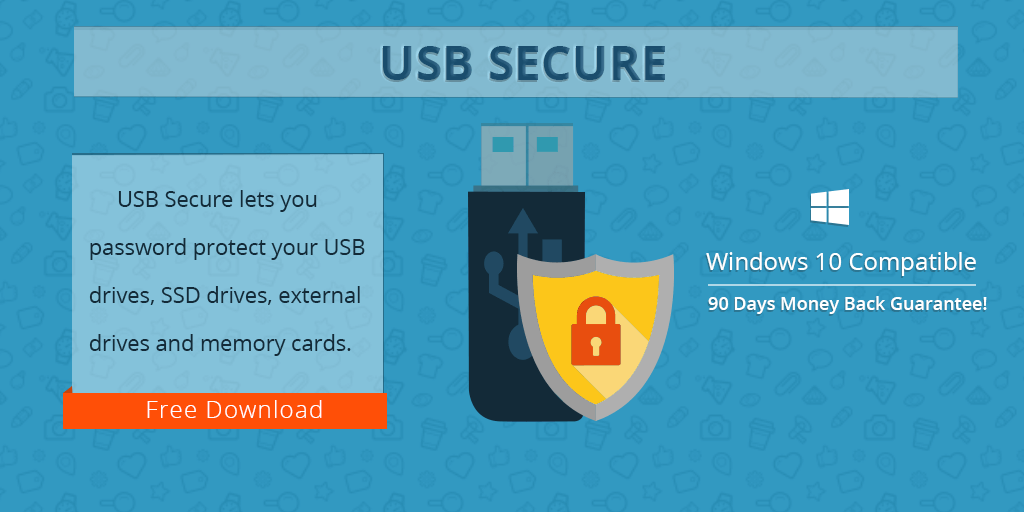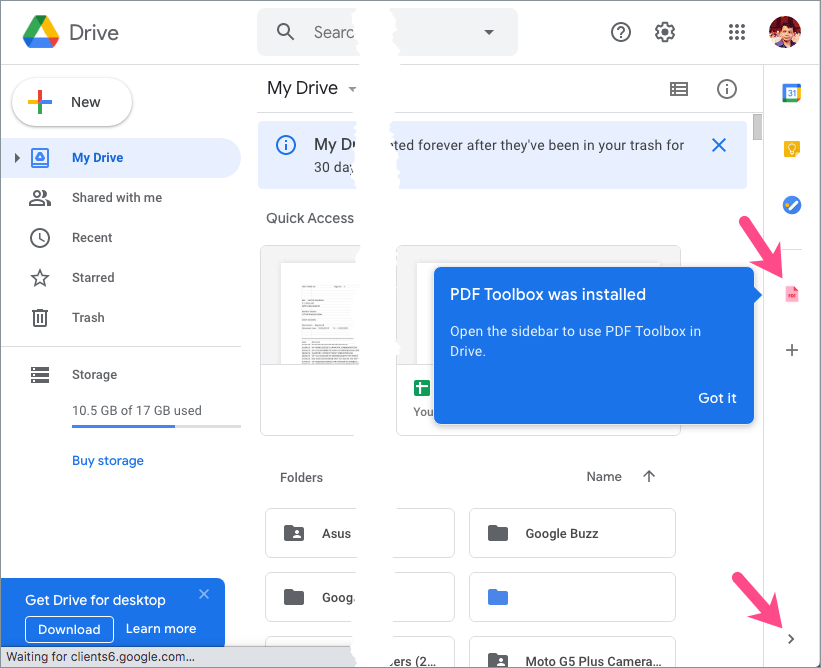

But some of these options come with security tradeoffs. Google Drive has a rich set of sharing options to give you maximum flexibility and convenience. One of the key features of Google Drive the ability to share and collaborate on documents. To make your account absolutely bullet-proof, you can consider enabling Google’s Advanced Protection Program, which will improve the security of your account but will also make it harder to recover it if you forget the password. While this makes sure you don’t lose access to your account, it also means that someone who gains access to your backup email or phone will be able to take over your account and access your Google Drive. In that case, you can recover your account through a backup email or your associated phone number. One consideration about 2FA is that Google has integrated a bypass mechanism for when you forget your password or lose your second-factor device. Note that the two-factor authentication setting will apply to all your Google Account applications, including Google Drive, Gmail, YouTube, Blogger, and others. Find out more about Google Account 2FA here. When enabled, two-factor authentication (2FA) requires every user to provide two pieces of information before being able to access a Google Account, such as a password and a one-time passcode sent to a mobile app.Įnabling 2FA on your Google Drive will make sure that in case a hacker finds out your password, they still won’t be able to access your account. If a malicious actor obtains the password to your account, either by guessing it or ensnaring you in a phishing trap, they will be able to access all your Google Drive files as well as your Gmail message, your Hangout chats, Google Search history, and any other sensitive information stored in your Google account.įortunately for Google, its suite of unified services has very good login security options, including two-factor authentication. Securing every online account starts with hardening login access. Here are some key tips to ensure the privacy and protection of your Google Drive documents.


Google Drive security can be a bit tricky, and if you use the app very often, you might end up leaving sensitive files accessible to the wrong people. Every day, we rely on Google Drive and other cloud storage apps to store and access photos and documents from everywhere in the world, and to share them with friends and colleagues.īut like every other useful online application that captures a considerable part of our digital lives, Google Drive can become dangerous if left unsecured.

More than ever these days, we appreciate the value of storing documents in the cloud.


 0 kommentar(er)
0 kommentar(er)
